Author: Andy Carter
Barley is the foundation of all beer recipes, and over centuries malsters have extended its utility beyond base malts with special processes that open up a world of styles for brewers to make. One such process involves barley being roasted in a kiln to various shades ranging from light brown to black, which in addition to darkening beer imparts flavors including chocolate and coffee that fundamentally define certain styles.
A commonly used roasted malt is black malt, which was introduced as Black Patent in the early 19th century soon after David Wheeler invented the drum roaster. Roasted to a very dark 500 °L or more, black malt is one of the darkest grains available and is known to impart a certain acrid or ashy character to styles like Porter and Stout. Another popularly used dark grain is roasted barley, which is different from black malt in that it’s not malted prior to being kilned. Unlike black malt, roasted barley is believed to lend beer a smoother and less astringent roast character that many brewers prefer, likely explaining its more common use.
While recently designing an English Porter recipe, I was reminded of a past xBmt showing tasters were unable to distinguish a beer made with roasted barley from one made with black malt. As someone who has tended to buy the aforementioned claims about these roasted grains, I was admittedly skeptical about these results, so still under COVID-19 quarantine and unable to collect data, I decided to test it out again to see for myself!
| PURPOSE |
To evaluate the differences between an English Porter made with roasted barley and one made with Black Patent.
| METHODS |
I started my brew day by adding identical volumes of RO water to separate BrewZilla units then setting the controller to heat it up.
Threat Level Midnight
Recipe Details
| Batch Size | Boil Time | IBU | SRM | Est. OG | Est. FG | ABV |
|---|---|---|---|---|---|---|
| 5.8 gal | 60 min | 20.6 IBUs | 30.0 SRM | 1.055 | 1.012 | 5.6 % |
| Actuals | 1.055 | 1.009 | 6.1 % | |||
Fermentables
| Name | Amount | % |
|---|---|---|
| Pale Malt (2 Row) US | 8.5 lbs | 73.91 |
| Caramel/Crystal Malt - 20L | 1 lbs | 8.7 |
| Roasted Barley | 1 lbs | 8.7 |
| White Wheat Malt | 1 lbs | 8.7 |
Hops
| Name | Amount | Time | Use | Form | Alpha % |
|---|---|---|---|---|---|
| Cashmere | 20 g | 60 min | Boil | Pellet | 7.9 |
| Cashmere | 14 g | 15 min | Boil | Pellet | 7.9 |
Notes
| Water Profile: Ca 67 | Mg 5 | Na 0 | SO4 65 | Cl 42 |
Download
| Download this recipe's BeerXML file |
I started my brew day by adding identical volumes of RO water to separate BrewZilla units then setting the controller to heat it up.
I then added minerals to each batch of water to achieve the same desired profile.
While the water was heating up, I weighed out and milled the grains, one receiving roasted barley and the other Black Patent.
Once the water for each batch was adequately heated, I incorporated the grains then checked to make sure both were at the same target mash temperature.
At 15 minutes into each mash, I pulled samples to measure the pH and found a slight difference.
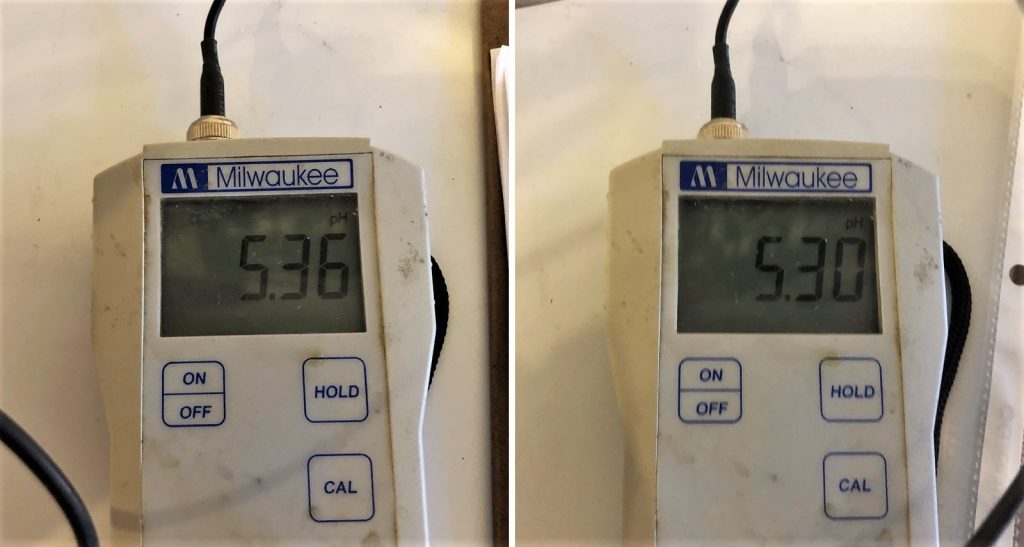
While the mashes were resting, I prepared the kettle hop additions.
Once each 60 minute mash was complete, I sparged to collect the same pre-boil volume then boiled the worts for 60 minutes before chilling them.
Refractometer measurements showed a notably small difference of 0.001 OG points between the worts.
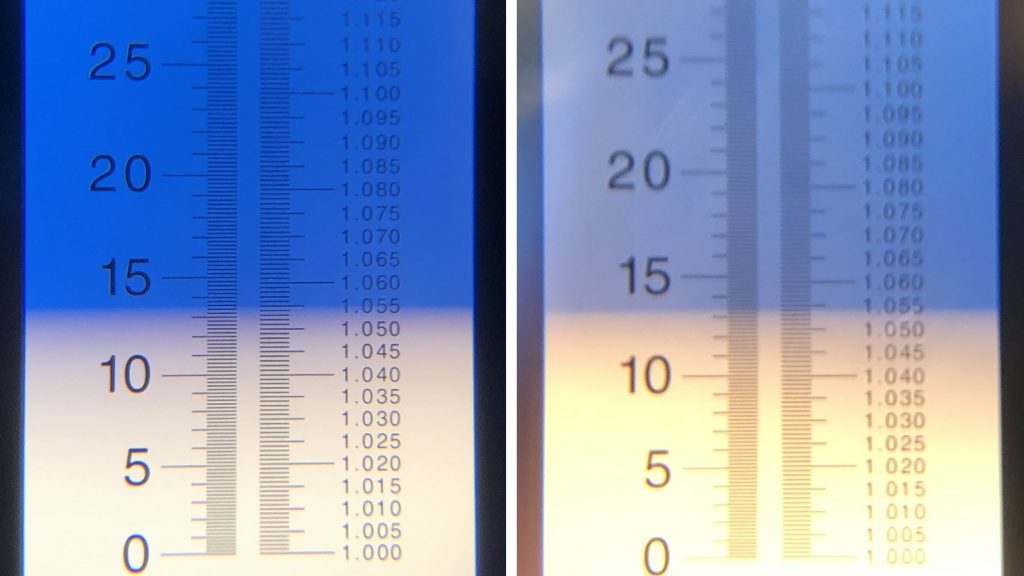
Equal amounts of wort were racked to sanitized 6 gallon/23 liter PET carboys that were placed in my fermentation chamber and left to finish chilling to my desired fermentation temperature of 65°F/18°C. At this point, I used remnant wort to make a vitality starter with Imperial Yeast A09 Pub, which I split evenly between the batches 4 hours later.
Both beers were actively fermenting the following day and 5 days later I raised the temperature to 70°F/21°C. After another 9 days, signs of activity were absent so I took hydrometer measurements showing similar levels of attenuation.
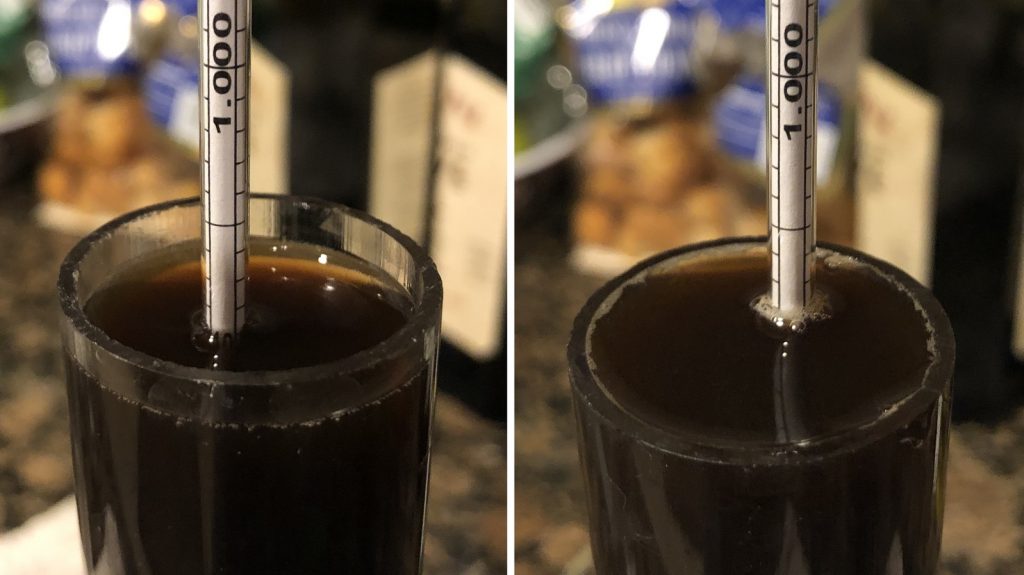
At this point, I racked the beers to sanitized kegs.
The filled kegs were placed next to each other in my keezer and left on gas for 3 weeks before I began my evaluations.
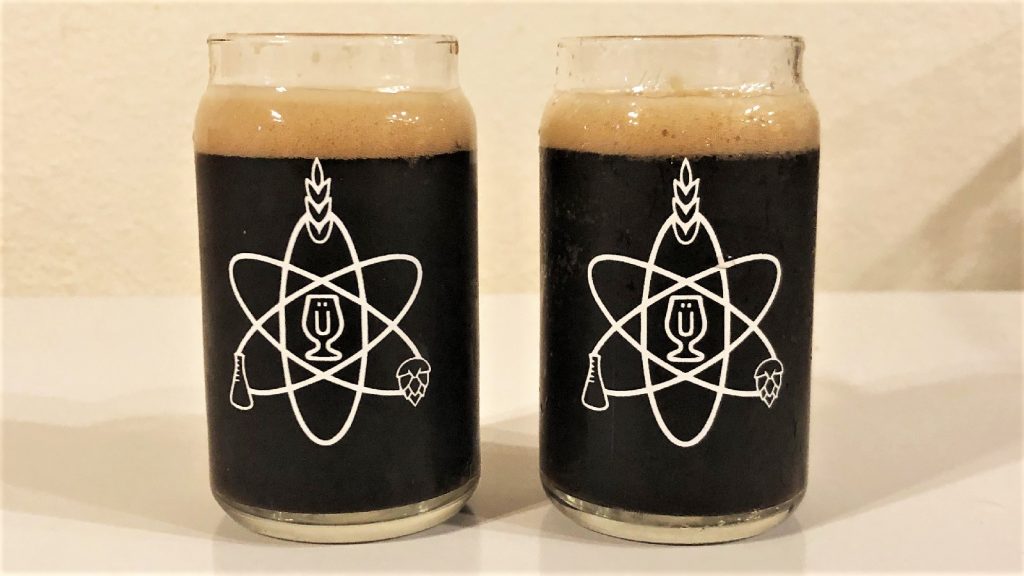
| RESULTS |
Due to social distancing practices as a result of the COVID-19 pandemic, data for this xBmt was unable to be collected in our typical manner. As such, temporary adaptations were made involving the author completing multiple semi-blind triangle tests in as unbiased a way as possible.
Utilizing 4 opaque cups of the same color where 2 were inconspicuously marked, one set was filled with the Porter made with roasted barley while the other set was filled with the Porter made with Black Patent. For each triangle test, 3 of the 4 cups were indiscriminately selected, thus randomizing which beer was the unique sample for each trial. Following each attempt, I noted whether I was correct in identifying the unique sample. Out of the 10 semi-blind triangle tests I completed, I needed to identify the unique sample at least 7 times (p<0.05) in order to reach statistical significance, though I did so just 5 times (p=0.21), indicating my inability to reliably distinguish an English Porter made with roasted barley from one made with the same amount of Black Patent.
Despite knowing exactly what was different between these beers and focusing intently during evaluation, I was unable to consistently tell them apart. To me, both shared a pleasant dark chocolate and graham cracker aroma with a slightly sharp note of baker’s cocoa on the tongue that was neither astringent nor ashy.
| DISCUSSION |
Styles such as Porter and Stout only exist because of roasted grains, as without them, there’d be no good way to impart the delicious characteristics drinkers have come to love in these darker styles. Two of the most popular roasted grains are unmalted roasted barley and black malt, which while similar in appearance, are believed by many to impart perceptibly different flavors to beer. However, my inability to reliably distinguish an English Porter made with roasted barley from one made with the same amount of black malt supports the idea they’re more similar than different.
In researching these roasted grains, it occurred to me the only notable difference between them is that roasted barley is unmalted while black malt is not, so I spent ample time looking for a cogent explanation as to why this matters. I came across many articles that discuss this well-known difference and reiterated the contributions many of us have come to expect from each grain, but other than some conjecture, none provided a good reason for this. Considering the results of this xBmt corroborate the findings from our previous xBmt on this topic, I can’t help but wonder if modern changes in the malting and roasting processes might account for the current similarities between roasted barley and black malt.
Having approached this xBmt from a skeptical position, my inability to tell these beers apart certainly inspired me to question my thinking about these roasted grains. Seeing as they’re both readily available and simiarly prices, I’ll stick to using whichever is most stylistically appropriate, though I’ll have no issues substituting one for the other in a pinch.
If you have any thoughts about this xBmt, please do not hesitate to share in the comments section below!
Support Brülosophy In Style!
All designs are available in various colors and sizes on Amazon!
Follow Brülosophy on:
FACEBOOK | TWITTER | INSTAGRAM
If you enjoy this stuff and feel compelled to support Brulosophy.com, please check out the Support page for details on how you can very easily do so. Thanks!


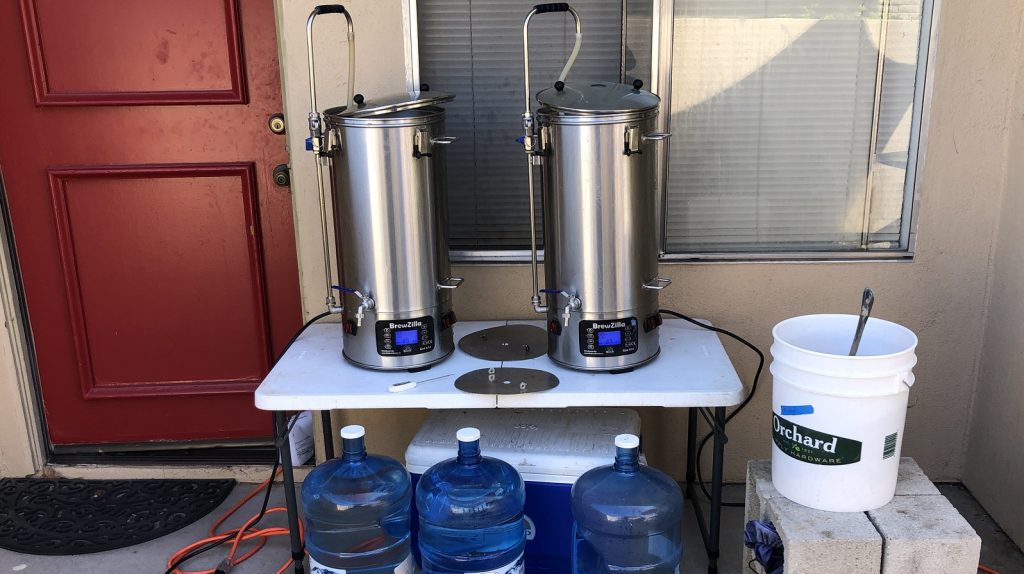
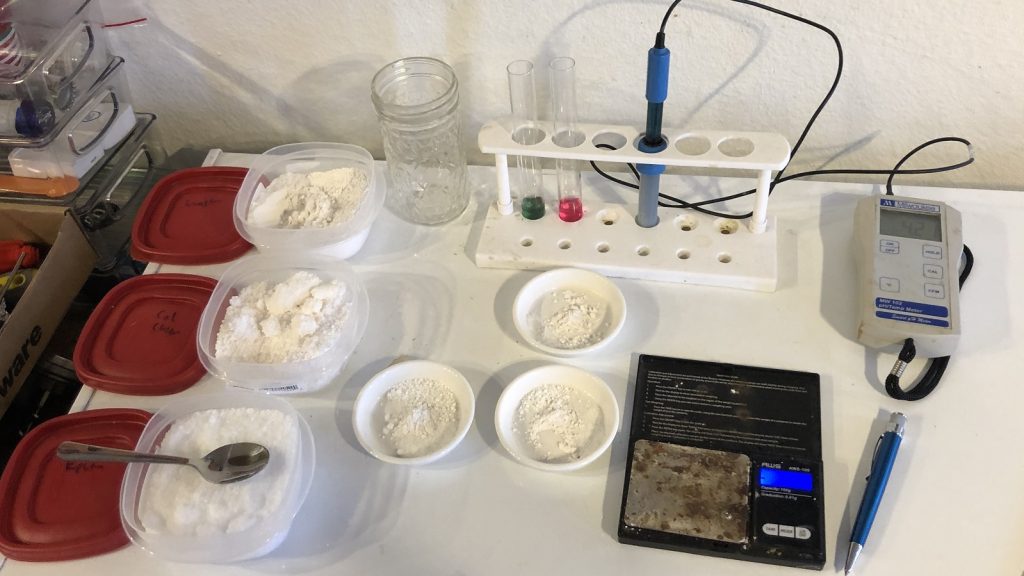
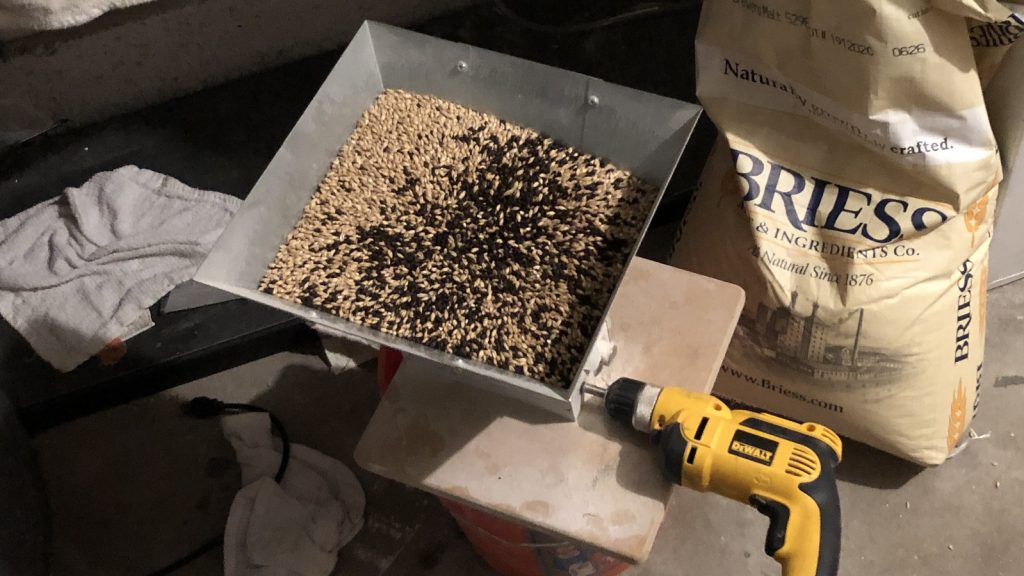
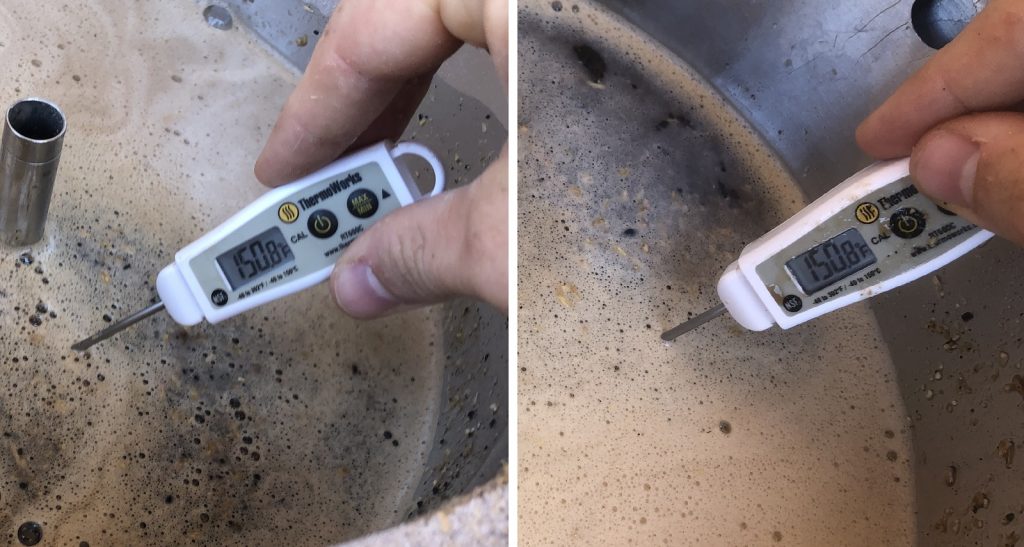
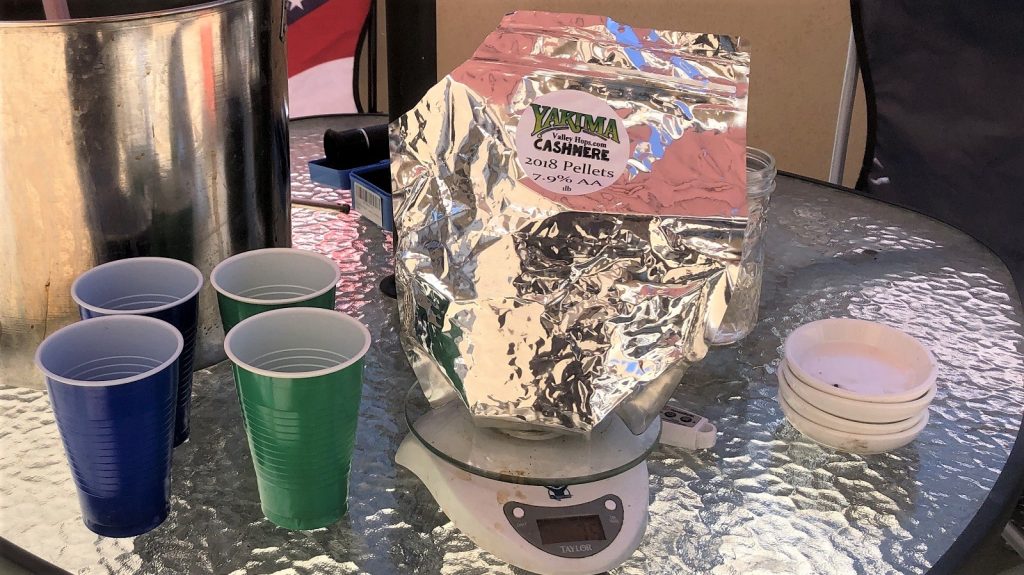
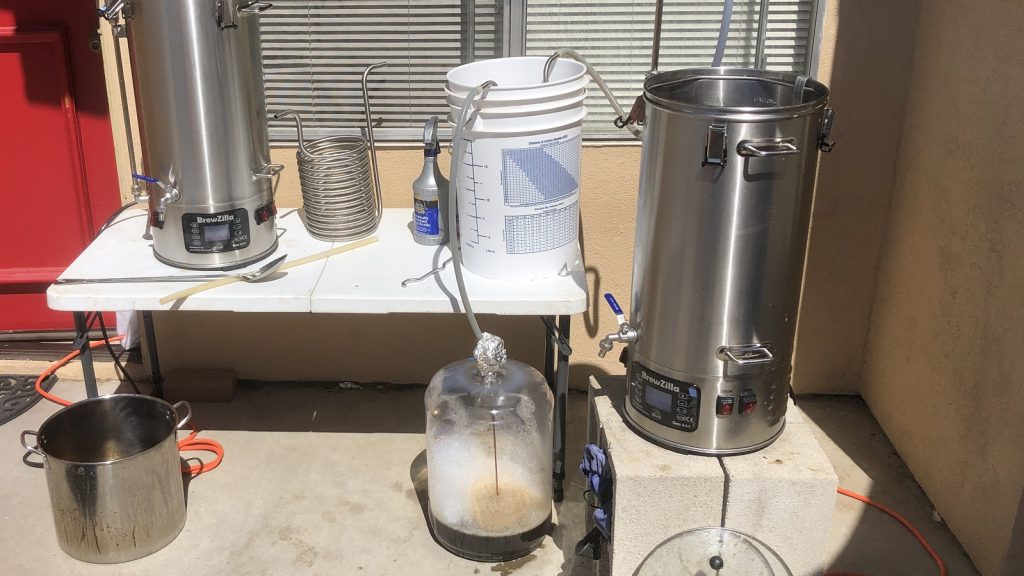
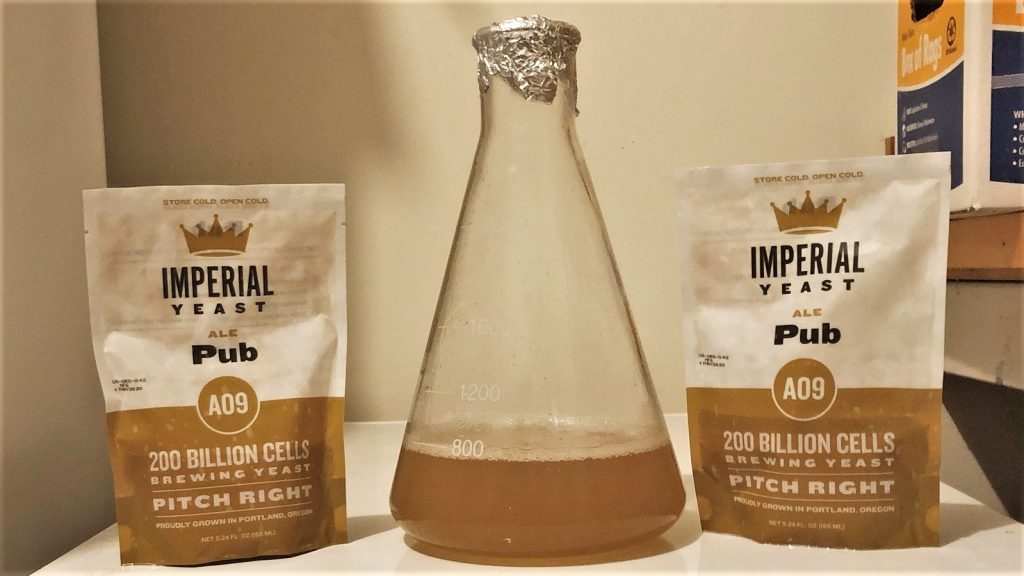
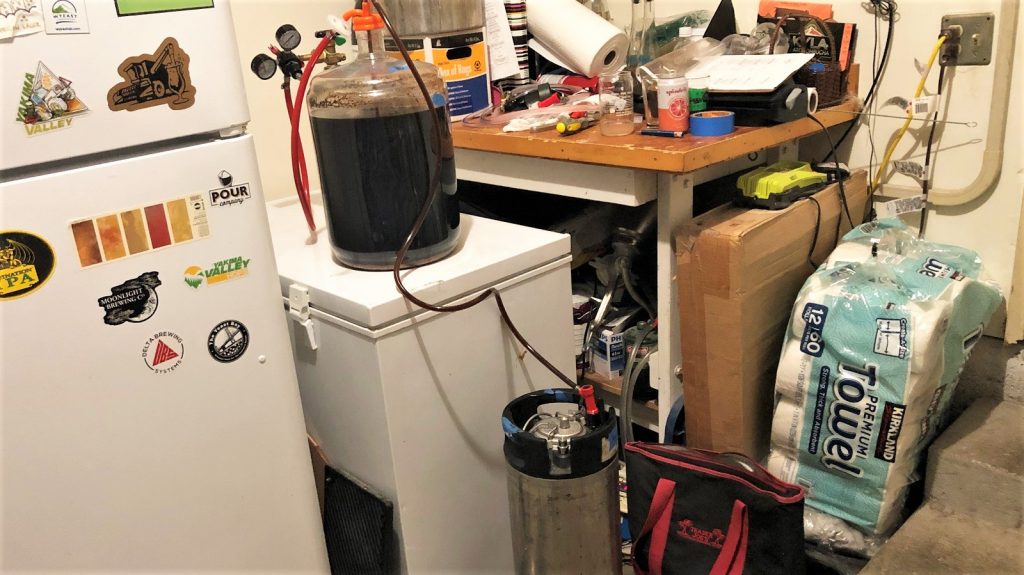











11 thoughts on “exBEERiment | Roasted Grains: Roasted Barley vs. Black Malt In An English Porter”
Can you describe your thinking process around the Hops you chose?
I was thinking the same thing. Seems like a weird paring no? Unless that lot of Cashmere really delivers on the Coconut thing. That could work.
Nice Experiment. I also have never gotten ashy out of Black Patent and have started going back to it in some of my older recipes. I wonder if those that first perceived ashy flavors in beers with BP (or any black recipe) had water quality/mineral issues. When you think of how this ashy idea comes from long ago and just carried forward in brewing lore; perhaps early homebrewers weren’t as keen to their water profiles as we are now. just an idea. Cheers!
Nice xbmt! Out of curiosity….what specific roasted barley & black malt did you use? The color on roasted barley can vary quite a bit depending on the maltster/product.
It would be interesting if you submitted both to a competition/s to see how they scored.
I usually prefer dehusked malt to avoid astringency and burnt flavor and I’ve noticed that black malts differ a lot in taste between maltsters, in my experience for example Muntons is way more burnt bitter than Castle.
My porter recipe – which I bought at the LHBS last week – has a half pound of both. Apparently I just need to pick one for the 2021 version.
Great experiment!
From what I’ve read the most significant cause of astringency from roasted malts is that, if no adjustments are made, they take the pH down to a point where these flavours are readily extracted from the malt. Keeping the pH around 5.3-5.6 should stop this from happening. In your case the pH did not drop too far.
This is the kind of xbmt I love to see on this site!
It’s often claimed that roasted barley leaves a white head, whereas black malt produced a brown one (or is it the other way around?)
Either way, I cannot notice any visible difference in the picture.
Nice job!
I have a recipe of a black IPa asking for roasted barley, but don’t have any (we are trying to convert all our recipes to organic) and will replace the roasted with Black malt (1300ebc)
But I’m thinking about adding the black malt at the end of the mash, during vorlauf… I used this method for a Schwarzbier and was pretty happy with the result.
Curious to see how it will turn out compared to the roasted version.
All your articles are really interesting, thanks for that.
I started to listen to all the brulosophy podcasts from episode 1 and just got to this. Did Marshal really blame people who didn’t take the shot for government lockdowns? Did he ever apologize for this?